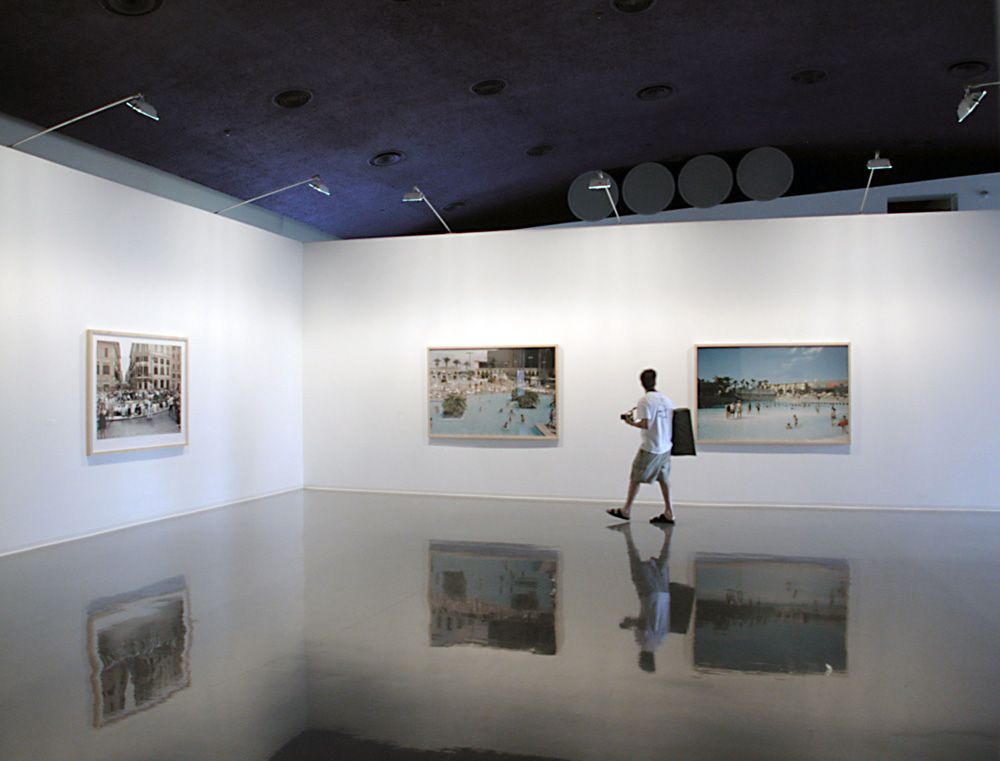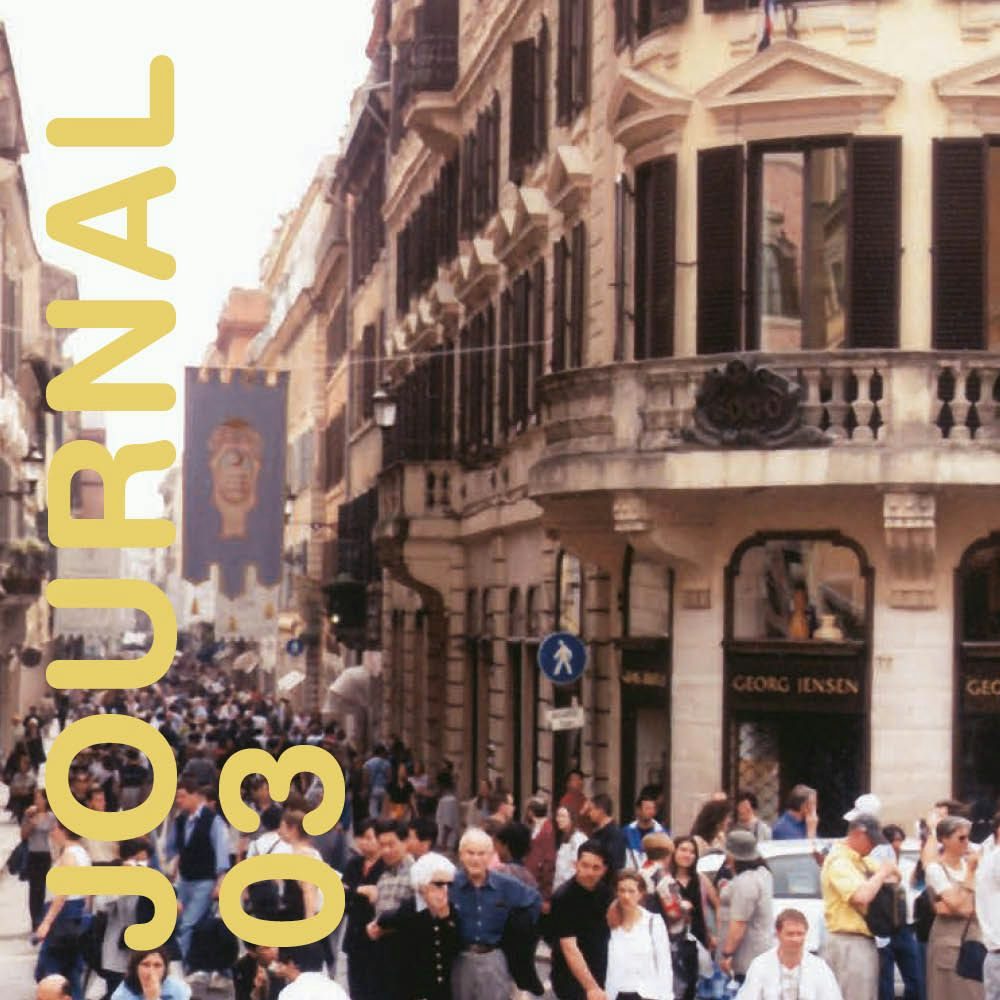
Doug Hall
Landscapes and Leisurescapes
2002.06.13 - 08.18
ANNA NOVAKOV
Meticulously executed cityscapes and leisurescapes dominate Doug Hall’s exhibition. These lushly colored C-prints offer a bird’s-eye view of locations as varied as Hanoi, Hong Kong, Tokyo, and Rome. The prints’ large scale and sharp focus bring the viewer’s eye into the scene as though confronted by a grand contemporary diorama. The crowd scenes and landscapes are presented as material to be studied and vicariously enjoyed. In many ways, Hall’s work references 19th-century precedents – images of a fleeting world that when captured through the camera lens retains some of its original freshness and immediacy. Hall’s photographs also speak to the position of the tourist in contemporary society. Air travel means that we can be anywhere in the world within a short period of time, allowing for a kind of nomadism that would have been highly improbable a mere fifty years ago. The scale of these photographs and their minimal black frames create the sensation of looking through a window. The window, in addition to providing visual access to the scene, creates another level of meaning. The images appear as though presented in miniature. We are looking at tiny people crowded within the public spaces of plazas, swimming pools and markets. We are the giant on the other side of the mirror looking and analyzing what we have captured in the frame. Jonathan Swift evoked one such imaginary giant nearly three hundred years ago in Gulliver’s Travels. In that often-cited story, scale was compelling because of how it determined power relations. Swift describes the Emperor of Lilliput by saying that « He is taller by almost a Breadth of my nail, than any of his Court; which alone is enough to strike an Awe into the Beholders. » The miniature is also of interest as it relates to the use of scale models or maquettes. A classic example is the photograph of the architect Mies van der Rohe bending over and looking at the model of the Farnsworth House that he designed and executed in Plano, Illinois. In that photograph, Mies is the modern Gulliver in Lilliput peering curiously at Edith Farnsworth who is trapped inside her tiny glass house.

For Hall, it appears that a tourist is a specific type of traveler, who is not a drifter, not a vagabond, not a nomad, not a wanderer. In other words, he is not a romantic figure. Rather, he is methodical, traveling along prescribed routes, for finite amounts of time, checking off a list of sites collected in a guidebook. He follows the path that others, strangers, have marked out for him. Ultimately the tourist, with or without his outwardly animated behavior, is complacent. There is something in his willingness to follow the rules that makes him a widely maligned figure within the broader society. At the same time, it becomes apparent in Hall’s work that it is the nature of visual « framing » that distinguishes the tourist from the artist, the wanderer from the writer. The frame has become, for many of us, a prosthetic device which we cannot live without. Sometimes the frame comes from television or film, other times through our personnal experiences, memories of childhood. Either way, the frame determines the picture, rather than the other way around. The frame seen through the viewfinder is everything
This text is publish with the courtesy of the author and Art Press, # 267, April 2001, p. 69-70.